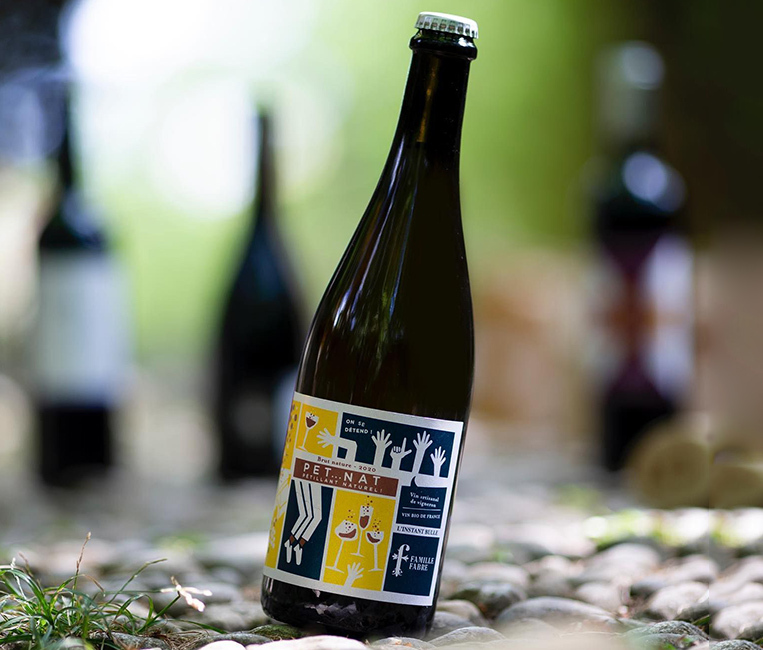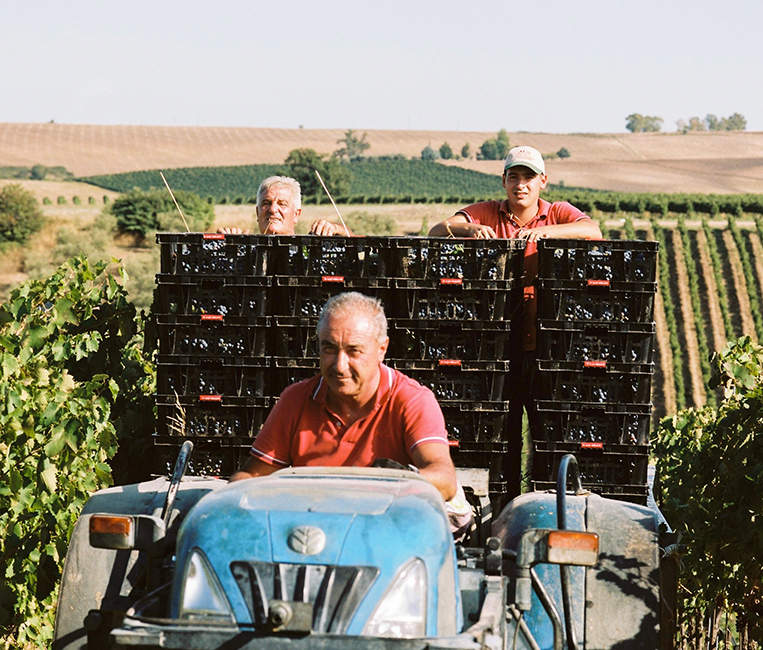Hard Cheeses, Masterly Wine Paired

It ain’t a wine party without a generous wooden platter of hard cheeses, heaving with sharp flavours that await pairing with a bevy of whites and red. Come find your favourite hard cheeses from our master selection, we’ve done the heavy lifting of the wine pairing and telling you just why it works. Cheers!




